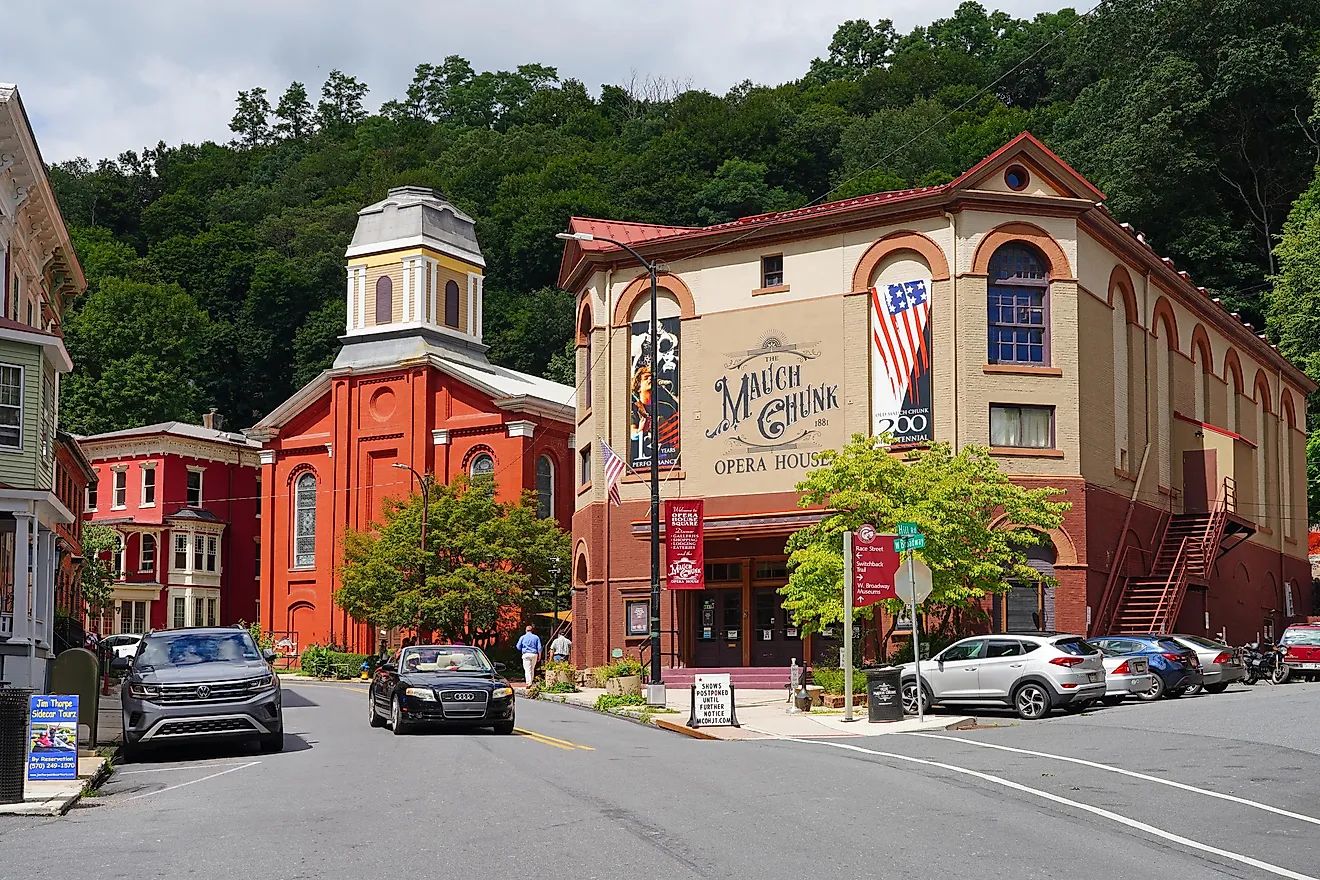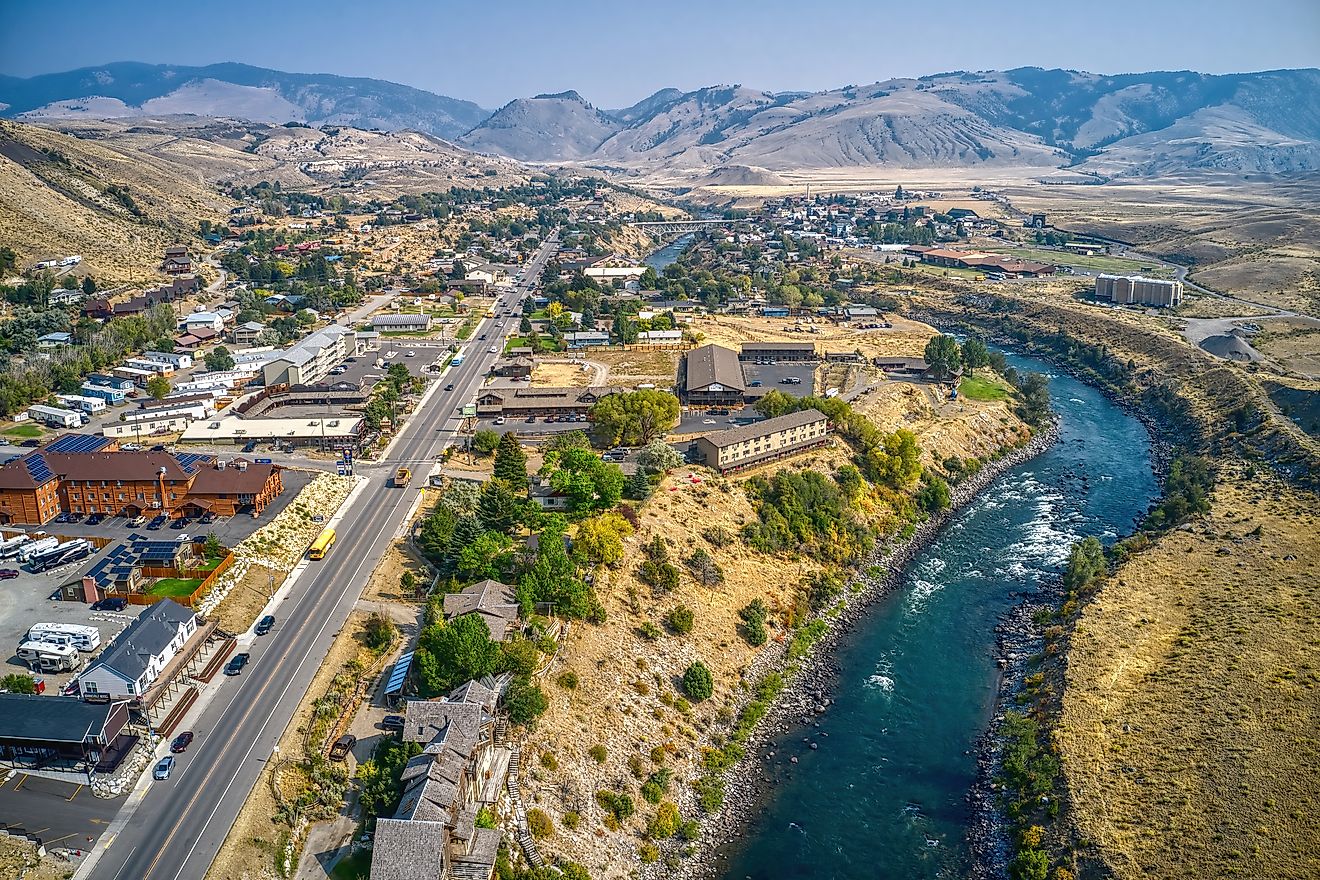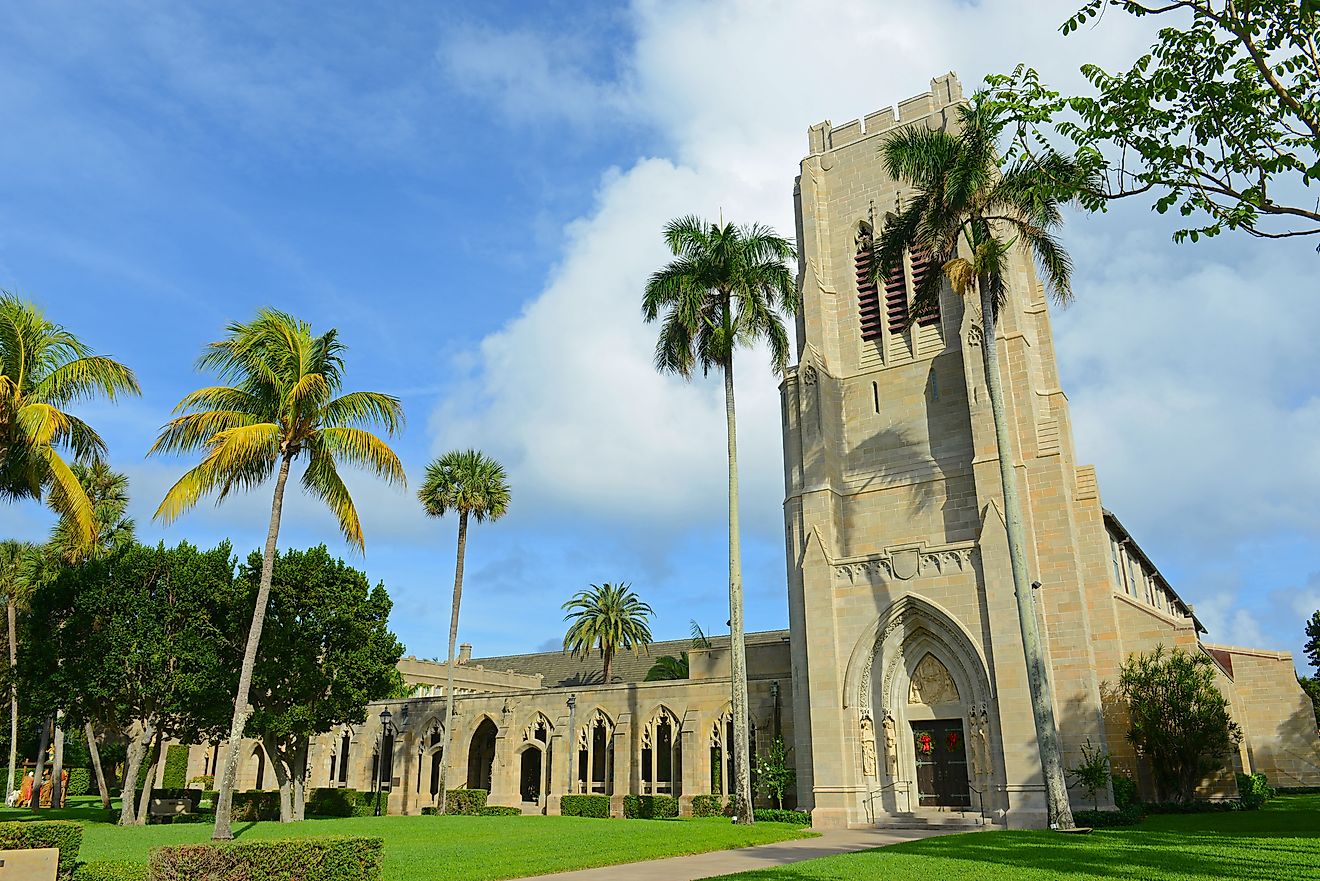
7 Snake Infested State Parks In The United States
Across the United States, many of the nation’s most scenic parks are as much tourist destinations as they are homes to thriving populations of flora and fauna important for the overall environment. From Florida’s swamps to Arizona’s desert canyons, some of these protected lands provide the perfect mix of shelter, prey, and climate for dozens of snake species. While the bulk of these snakes are harmless and vital to local ecosystems, several of these state parks also harbor some of the country’s most venomous reptiles, making it important to know exactly where and when to find them so you can explore safely and responsibly!
Gulf State Park, Alabama
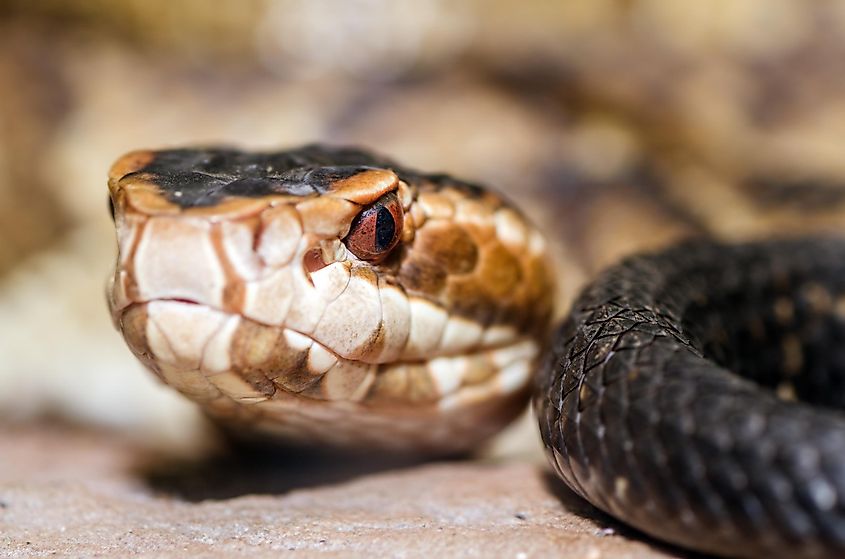
Gulf State Park in coastal Alabama is known to vacationers across the country for its sandy beaches and pristine dune ecosystems, but it also supports a population of snakes adapted to both coastal and inland habitats. The park’s nearly 6,200 acres also include marshlands, some piney forests, and a few lakes that attract species ranging from nonvenomous water snakes to venomous cottonmouths. Diamondback rattlesnakes have also occasionally been spotted in the sandy uplands, particularly along backcountry trails near Lake Shelby. Those hiking or biking through wooded areas often see black racers and coachwhips darting across paths, too.
The combination of almost year-long warm temperatures, lots of standing water away from the beaches, and thick patches of flora provides abundant prey, making the park a hotspot for reptile activity. Though run-ins are actually quite common, most of the snakes in Gulf State Park tend to retreat quickly when disturbed, and dangerous encounters are exceedingly rare.
Chicot State Park, Louisiana
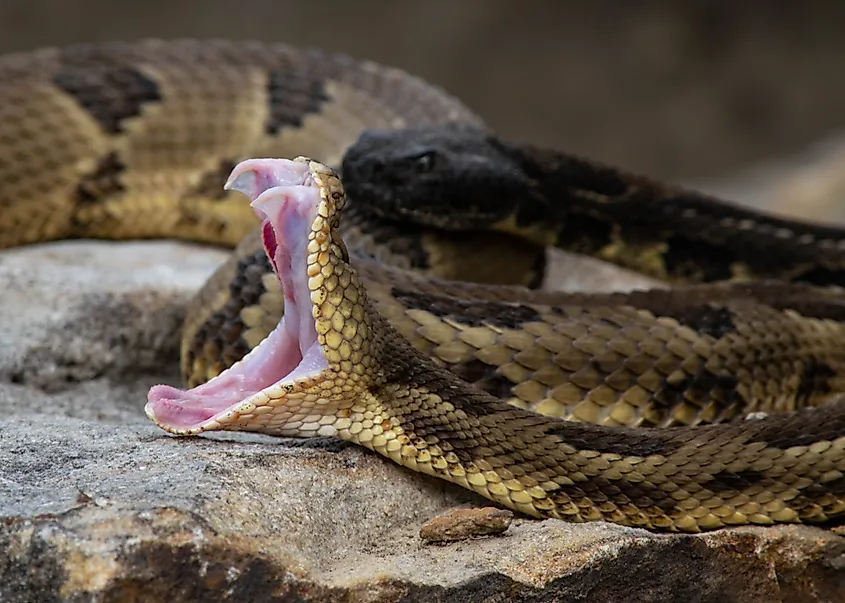
Chicot State Park in central Louisiana is a vast 6,400-acre preserve, exemplified by its forest-blanketed hills, cypress-filled swamps, and abundance of spaces for snakes to flourish. The park surrounds the lake itself, a slow-moving body of water lined with fallen logs and aquatic vegetation where cottonmouths and banded water snakes are routinely seen. Moreover, timber rattlesnakes inhabit the higher ridges, while copperheads and rat snakes are common along the hiking trails and boardwalks.
The dense canopy and humid environment here, which is typical of the Deep South, create ideal hunting grounds for both venomous and nonvenomous species. Because of this, park rangers regularly remind visitors to watch their step, especially near exposed roots or piles of damp leaf litter. Despite the risk, the area’s ecological diversity draws naturalists and photographers who study and/or appreciate its lively reptile populations. Chicot’s snake activity also reflects the broader health of Louisiana’s lowland ecosystems, where countless plants and animals coexist in a delicate but thriving melange.
Myakka River State Park, Florida
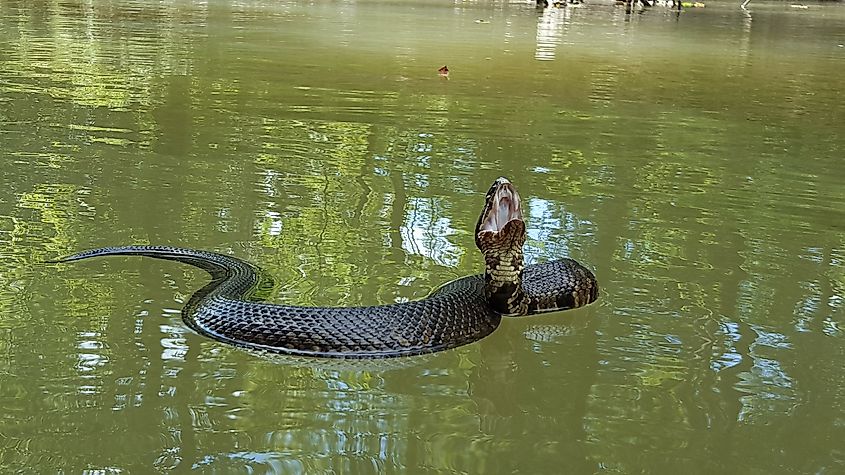
Myakka River State Park is among Florida’s oldest state parks, and one of its largest too, covering 37,000 acres. It is also notable for hosting a sea of wetlands, prairies, and other unique ecosystems, providing ideal conditions for an equally diverse range of both aquatic and terrestrial species. Being on the list of most widespread snake species across the United States, cottonmouths are especially common along the riverbanks and floodplain trails of the Myakka River, while pygmy rattlesnakes also occur in drier areas at higher elevations.
The park’s subtropical climate and abundant prey attract dozens of native species as well, including harmless water snakes, rat snakes, and black racers. Knowing that, Myakka’s balance of wild beauty and reptilian biodiversity makes it a significant site for herpetology research and outdoor enthusiasts alike. If you opt to explore attractions like the birdwalk or the Deep Hole region, you should definitely stay alert near areas of shaded vegetation, where snakes often rest or hunt for prey like amphibians. You don't want to get in the way of a hungry, fanged predator!
Skidaway Island State Park, Georgia
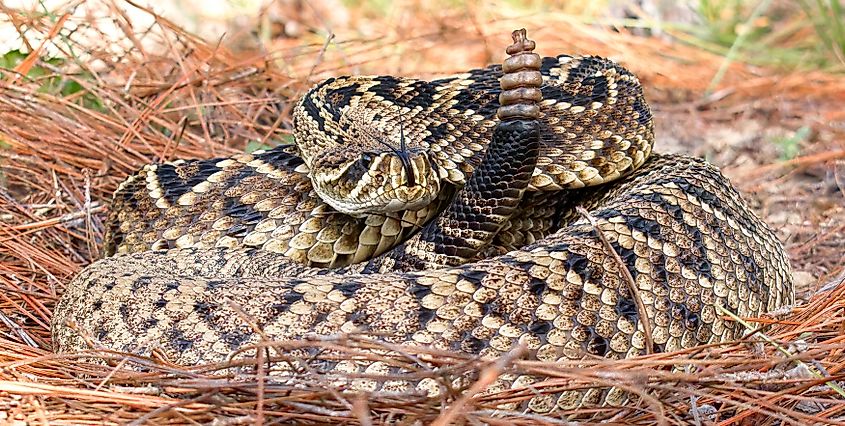
Skidaway Island State Park, located near the busy city of Savannah, Georgia, rests within the tidal marshes of the Skidaway Narrows and supports one of the Southeast’s richest reptile environments. The park’s mix of maritime forest, salt flats, and freshwater sloughs beckons numerous snake species adapted to both land and water. Skidway's humid climate and abundant small mammals, frogs, and lizards further sustain high snake activity year-round, meaning visitors exploring near tidal creeks or under the palmetto canopies spread throughout should remain cautious, especially after rainfalls.
For example, the eastern diamondback rattlesnake occurs here, and copperheads are occasionally spotted along the Sandpiper and Avian Loop trails, while black racers and corn snakes are more commonly seen crossing open clearings. While many snakes here are nonvenomous, note that Skidaway’s terrain provides the ideal environment for some venomous species to thrive quietly within the landscape, whether native or invasive.
Lost Dutchman State Park, Arizona

Lost Dutchman State Park, located at the base of Arizona’s Superstition Mountains just outside of Phoenix, is one of the Southwest’s most iconic desert parks for finding snakes and lizards. Its arid terrain of rocky washes, cactus stands, and scrubby foothills houses several notable species, namely western diamondback rattlesnakes and sidewinders. These snakes are most active in spring and early summer when temperatures in this otherwise inhospitable environment are more moderate and rodents are abundant. On the other hand, nonvenomous species like gopher snakes and kingsnakes are also common in this region, helping control smaller prey populations.
Planning to hike in popular locales like the Siphon Draw or Treasure Loop trails means you are advised to stay alert near boulders and tight crevices, where snakes often rest during the heat of the day. Elsewhere, the park’s rugged landscape and sparse cover make sightings frequent but usually brief, as simply not confronting these creatures (if you can help it) is typically enough to evade danger.
Torrey Pines State Natural Reserve, California

Torrey Pines State Natural Reserve, set along the coastal bluffs north of San Diego, is a highly popular place for city dwellers and snakes alike. The region's mild temperatures and thriving rodent populations sustain steady snake activity, while its chaparral slopes and coastal scrub provide prime habitat for several unique species, including the Southern Pacific rattlesnake, gopher snake, and California kingsnake.
Rattlesnakes are most often seen along the Guy Fleming and Razor Point trails, especially in late spring when they emerge to bask. Understand that nonvenomous species are often mistaken for rattlesnakes due to similar coloration, but they play an equally important role in controlling pests. If you plan to spend a day or two here, you are urged to stay on marked trails, as snakes frequently seek shade beneath low brush or rocky ledges. Regardless, Torrey Pines’ reptile presence reflects the natural rhythm of Southern California’s coastal wilderness, where pristine spaces for wildlife endure despite encroaching development.
Palo Duro Canyon State Park, Texas
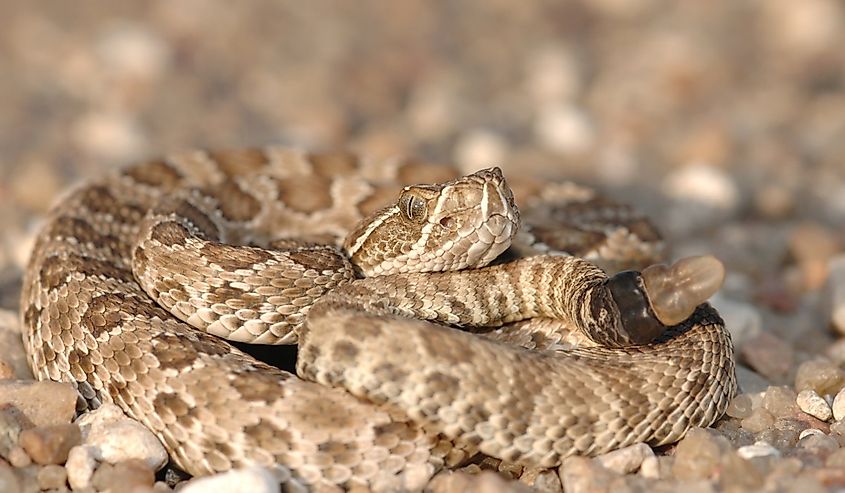
Palo Duro Canyon State Park in the Texas Panhandle is a hotspot for snake activity within its 120-mile-long canyon system. The combination of Texas's daytime heat, abundant cover, and lots of potential prey density makes this region ideal for cold-blooded reptiles. Furthermore, a local mix of desert grasslands and rocky outcrops supports a plethora of desert-dwelling animals, but let's focus on the snakes.
Western diamondback rattlesnakes are among the most frequently encountered, often seen sunning on trails or near rock ledges. Likewise, prairie rattlesnakes and copperheads are also present, particularly in brushy or the sparse shaded areas. On the other hand, nonvenomous bullsnakes and racers thrive in open sections of the canyon, feeding on small mammals and ground-nesting birds. Hikers on the Lighthouse or Givens, Spicer & Lowry trails should remain watchful, especially near tall grass and crevices. Palo Duro’s snake population reflects the canyon’s fascinating ecological diversity and the adaptive success of reptiles in the semi-arid environment of Texas.
Watch Your Step In These Wonderful American State Parks
Snakes are an unavoidable part of America’s fantastically run state park systems, from humid wetlands down south to the sunbaked deserts out west. Although freaky to many human visitors, their presence also signals healthy ecosystems, where predators and prey remain in balance. Whether crossing an arid trail in Texas or a lively marsh in Florida, understand that helping to keep these parks truly wild through awareness and respect, not fear, is the key to safely exploring environments of all kinds.

